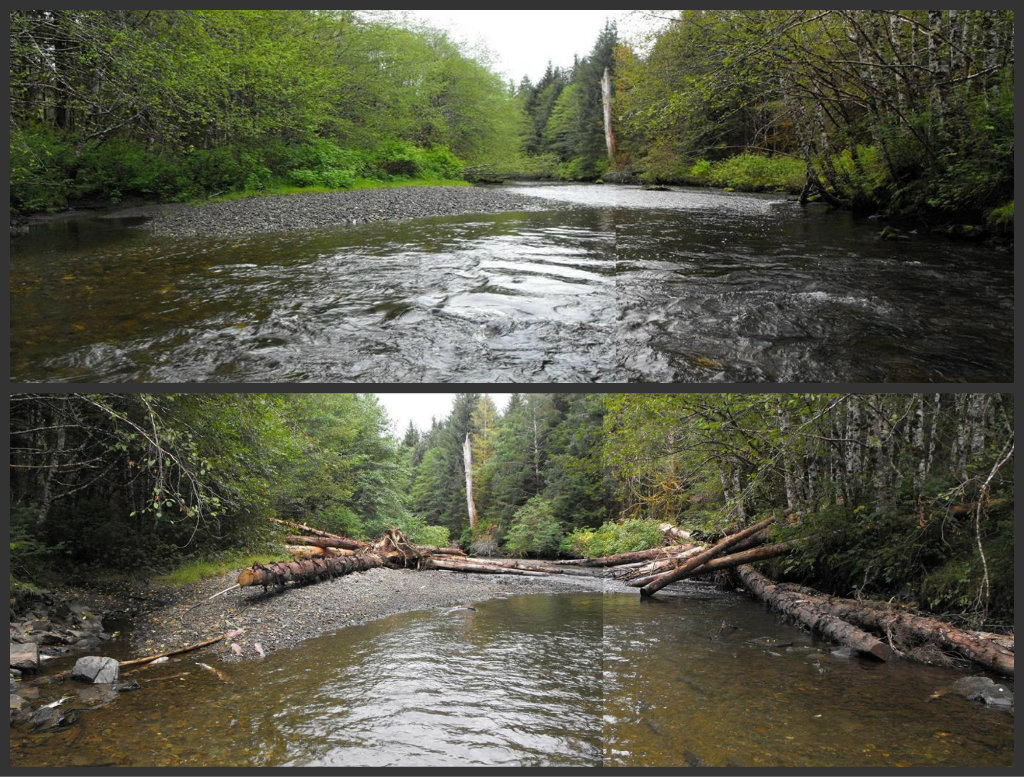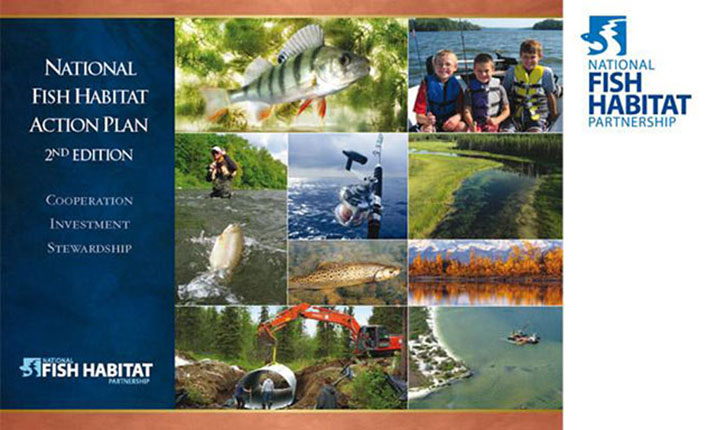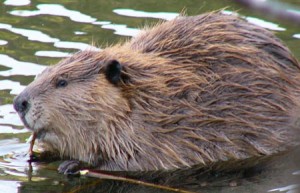 POSTPONED until Spring – check back for details
POSTPONED until Spring – check back for details
Using Beaver to Restore Streams — the state of the art and science
1-day workshops for practitioners, landowners, land managers and regulators
Confirmed Dates and Venues:
Nov. 20, 2014 – Juneau, AK
Jan. 14, 2015 – Everett, WA
Jan 21 or 22, 2015 – Portland, OR
Feb. 12, 2015 – Weed, CA
To Register:
http://epp.esr.pdx.edu/registration.html
Course Fee: $50
Presenters:
Michael M. Pollock, Ph.D., Ecosystems Analyst – NOAA Fisheries NWF Science Center
Chris E. Jordan, Ph.D., Mathematical Ecologist – NOAA Fisheries NWF Science Center
Janine Castro, Ph.D., Fluvial Geomorphologist – US Fish & Wildlife Service & NOAA Fisheries
Gregory Lewallen, Graduate Student – Portland State University
These workshops will be offered for a nominal fee through a partnership with US Fish and Wildlife Service, NOAA Fisheries, and Portland State University, Environmental Professional Program.
Using beaver to restore streams is rapidly gaining acceptance as a cost-effective technique to improve aquatic habitat, especially for salmonids. Regulatory and institutional obstacles are being reduced or removed as scientific advances continue to demonstrate that beaver can restore stream habitat far more effectively, and at a much lower cost, than many traditional stream restoration approaches.
Join us for an intensive 1-day workshop symposium for the beta release of a state-of-the-science manual regarding the use of beaver to restore streams. Workshops will be interactive with the audience as we walk through the manual and describe its use to facilitate the restoration of streams. We will provide assessment tools for determining how, where, and when to use beaver in stream restoration. Also included will be a discussion of the regulatory process and how to maximize the probability of successfully obtaining permits.
As a leader in aquatic habitat restoration, your feedback on this document is very important to us and necessary to create an effective tool for restoration using beaver. We encourage you and your colleagues to attend a workshop and to spread the word. Please let us know if you would like to join us and/or if you know of particular groups who may want to attend by responding to this announcement, so that we may adjust the number of workshops as necessary.
Thank you and we look forward to hearing back from you.
For more information contact: maryanns@pdx.edu , 503-725-2343 until 6/30/2014
Starting July 1, 2014 contact epp@pdx.edu 503-725-5388

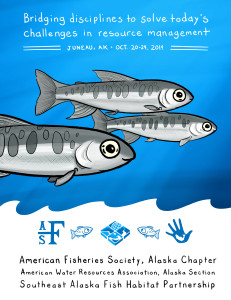

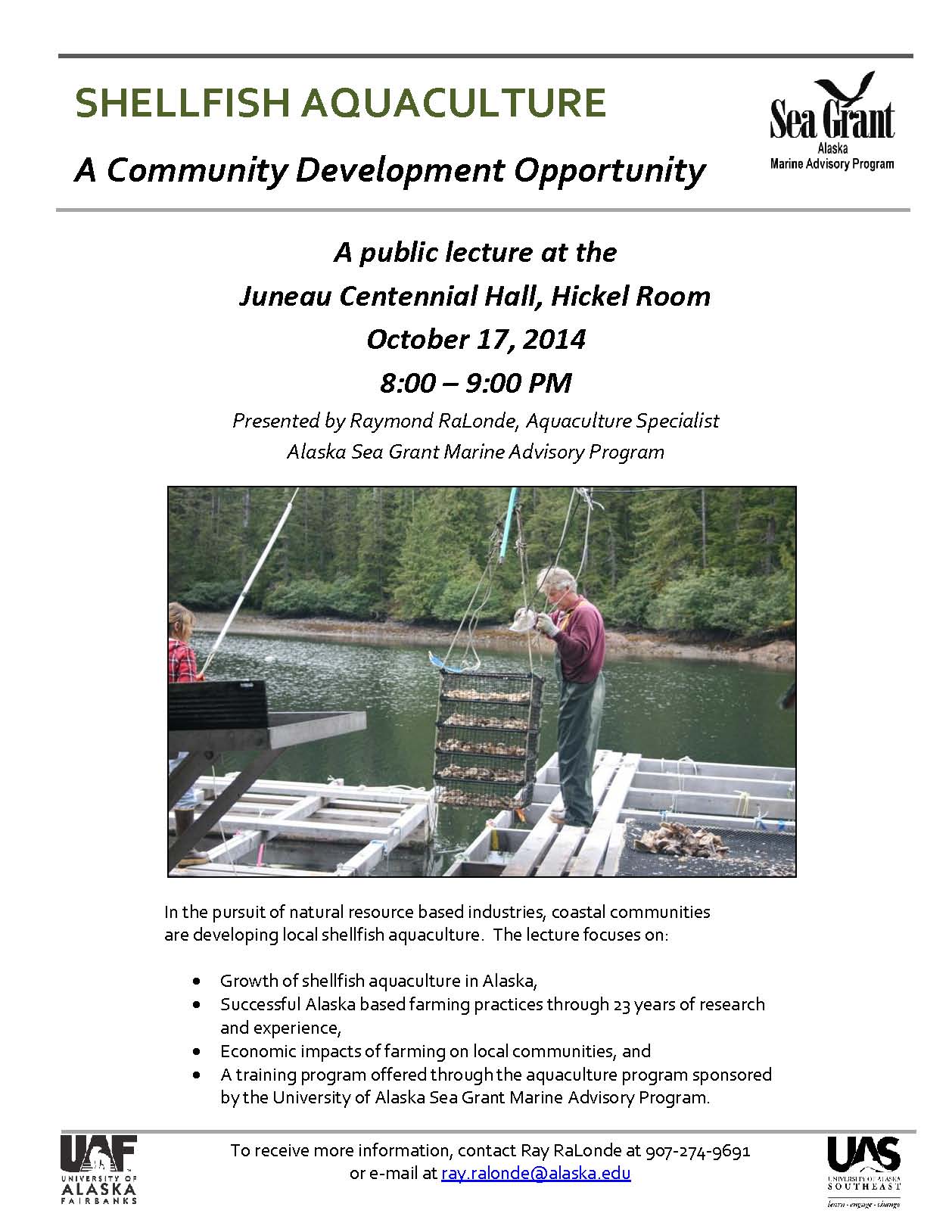
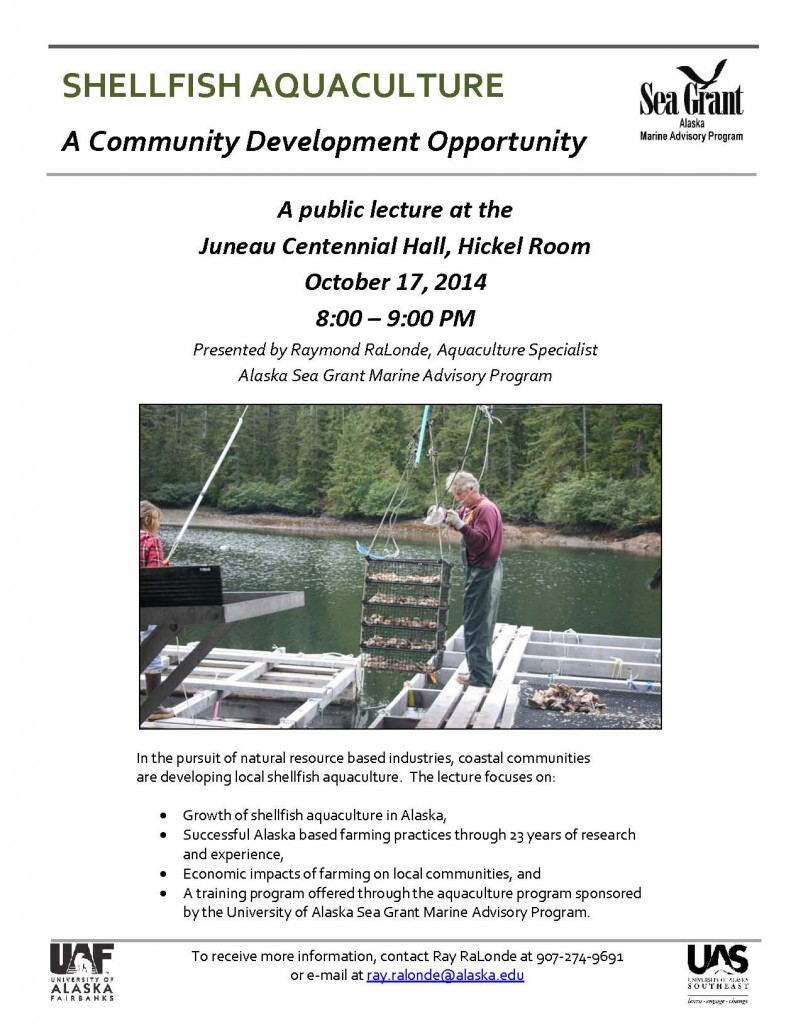
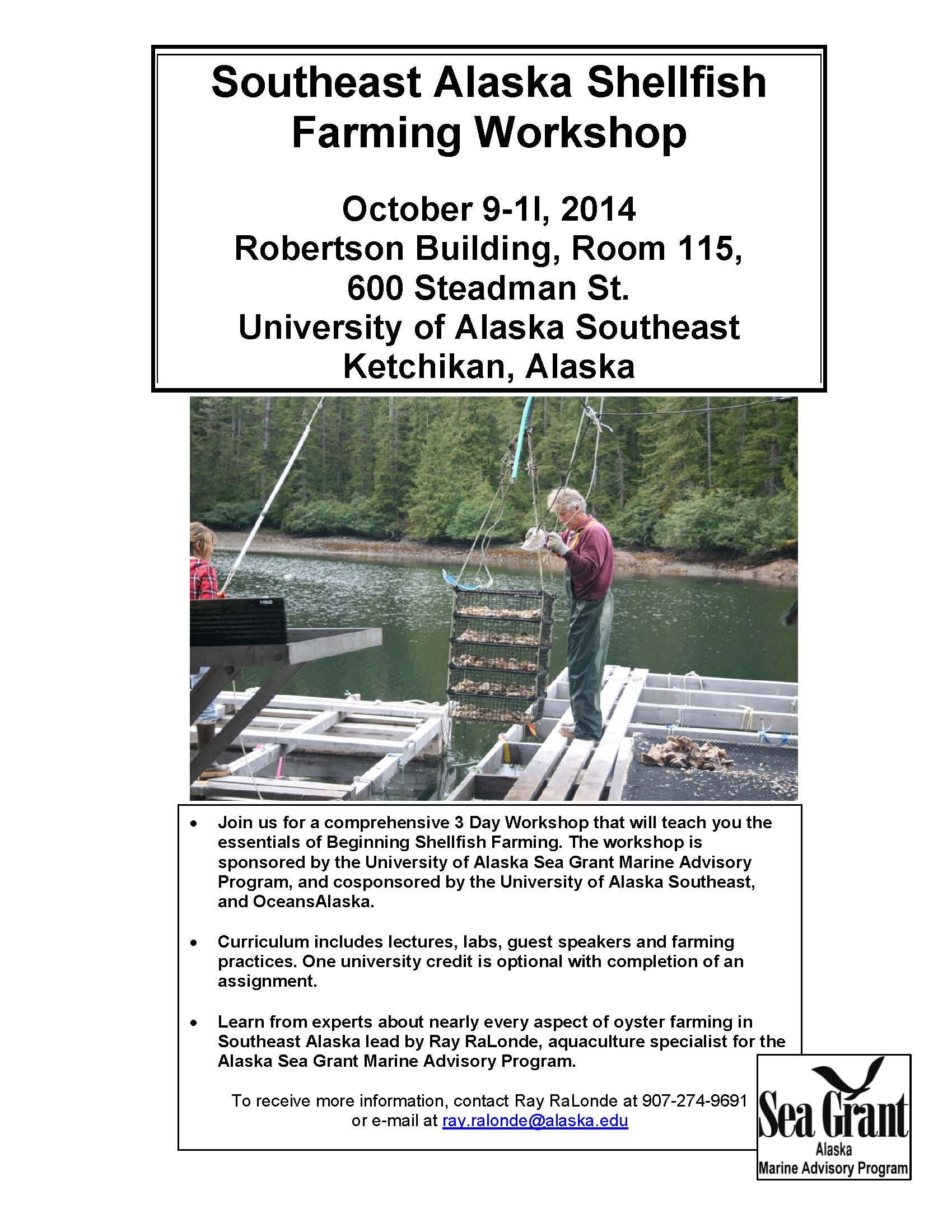
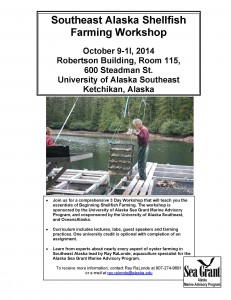
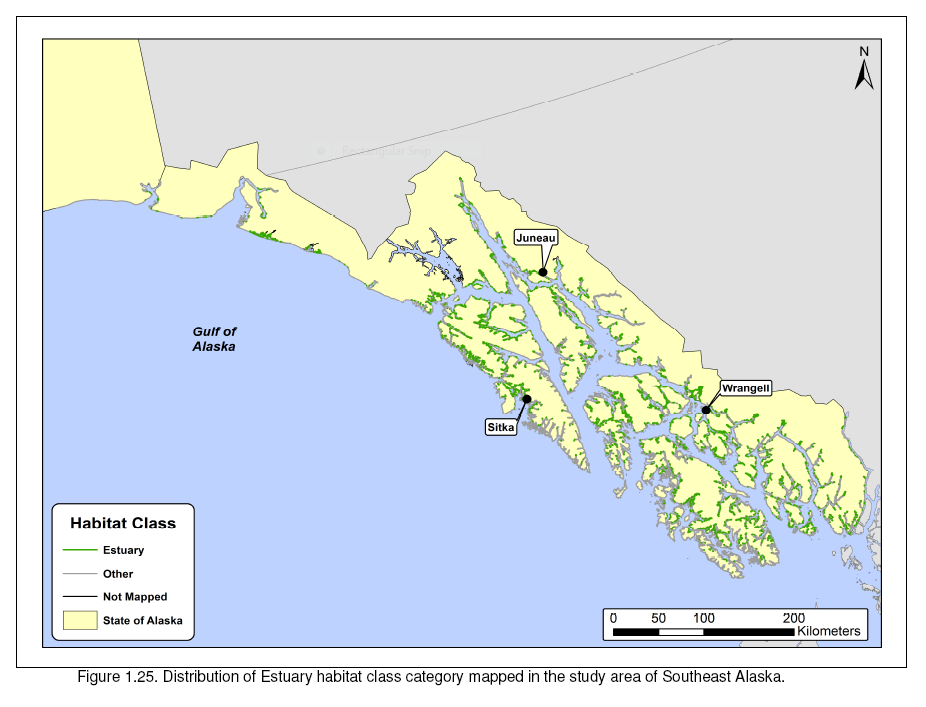
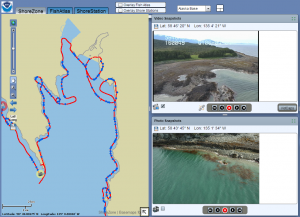
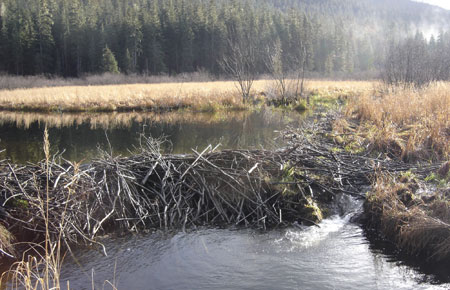

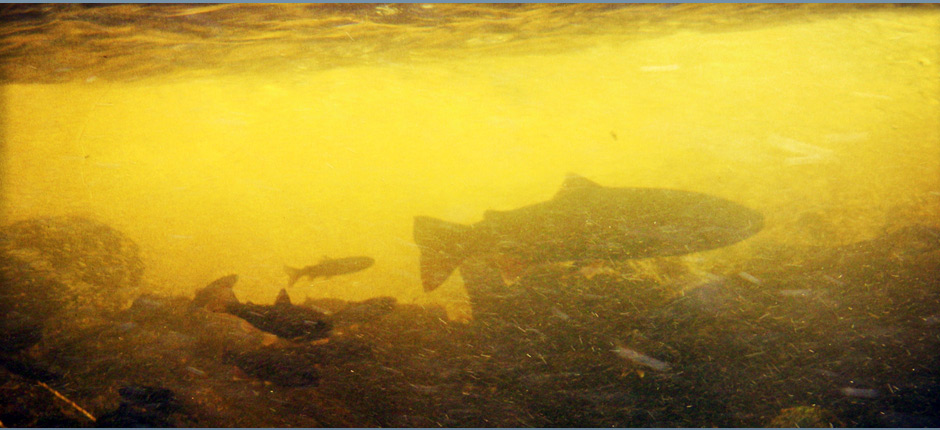


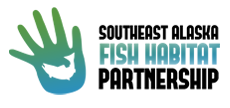
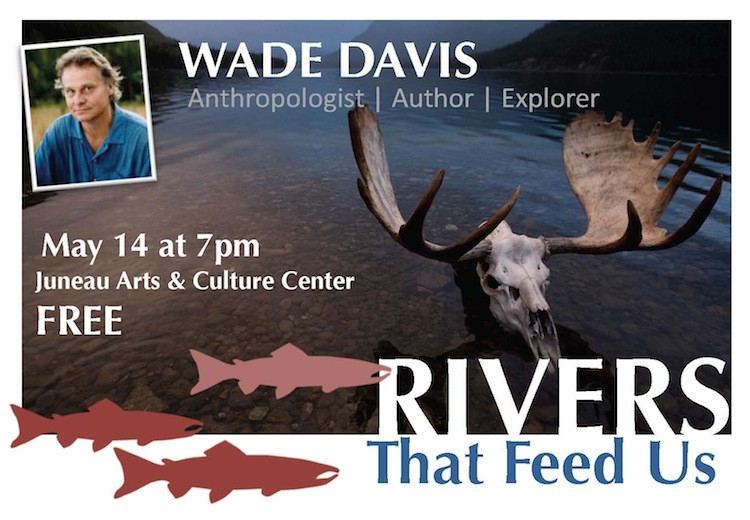
![WadeDavis.Postcard.4.29_Page_1[1]](https://www.seakfhp.org/wp-content/uploads/2014/05/WadeDavis.Postcard.4.29_Page_11-300x208.png)
